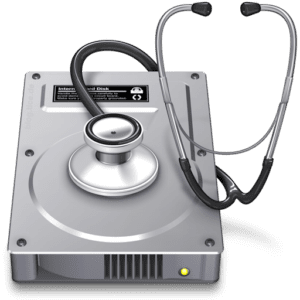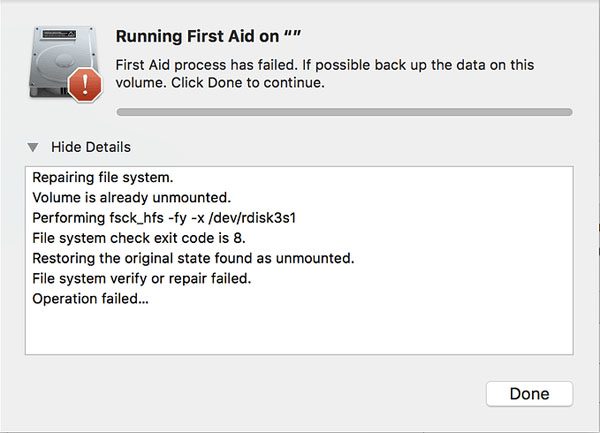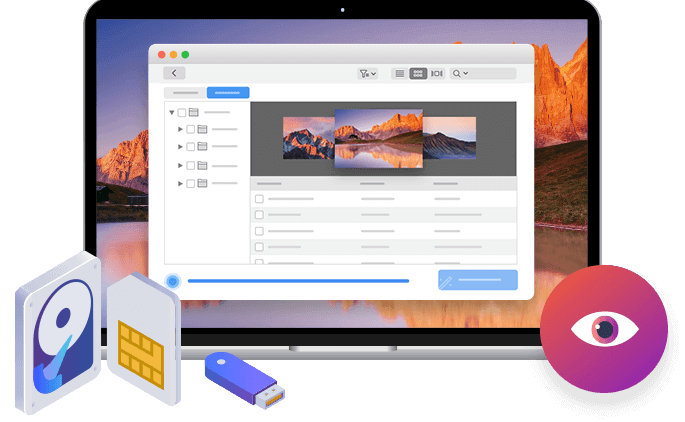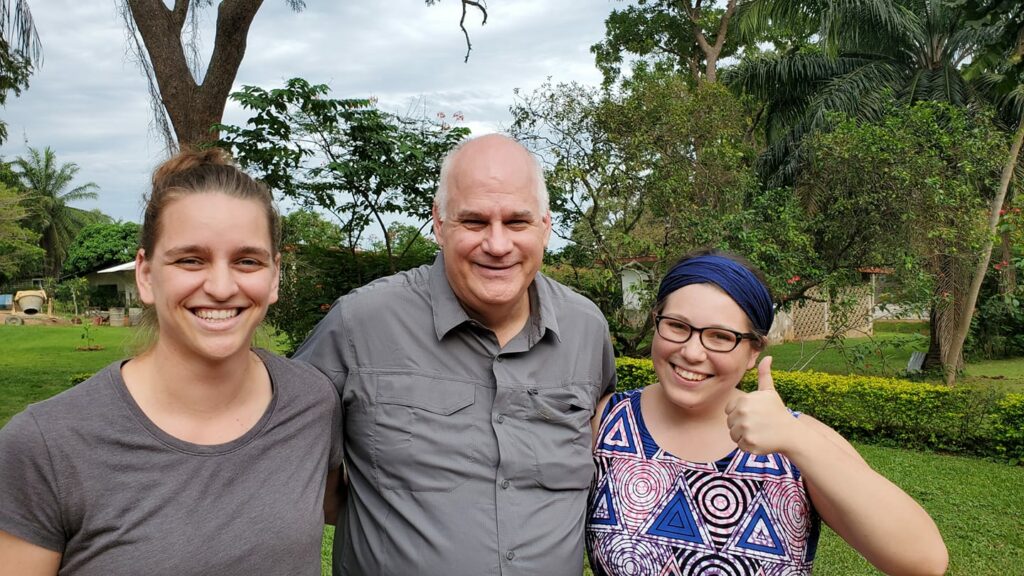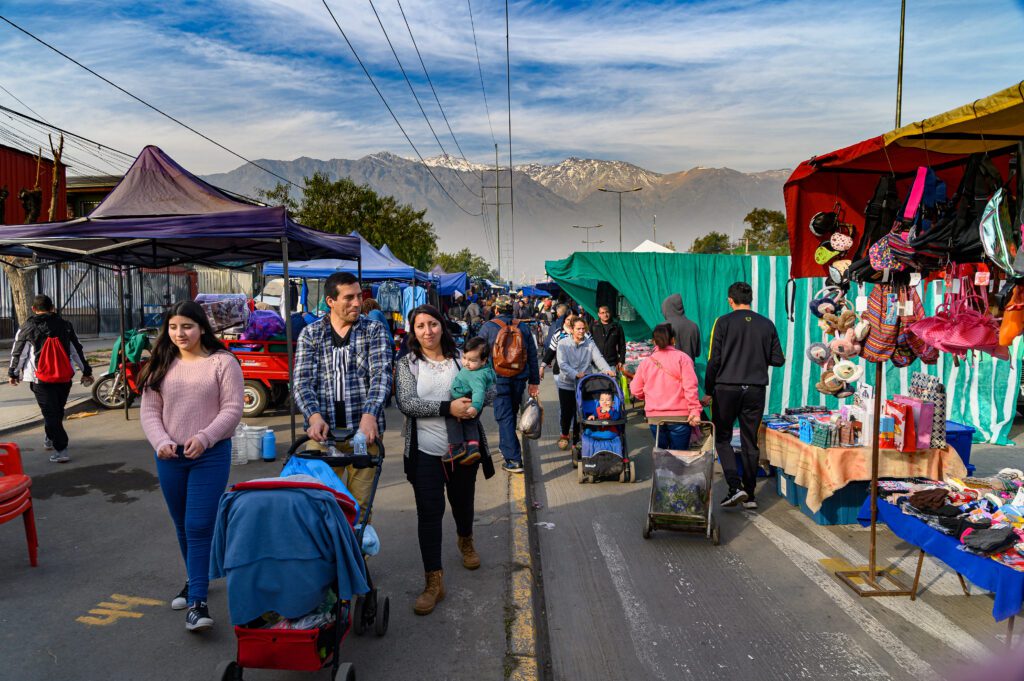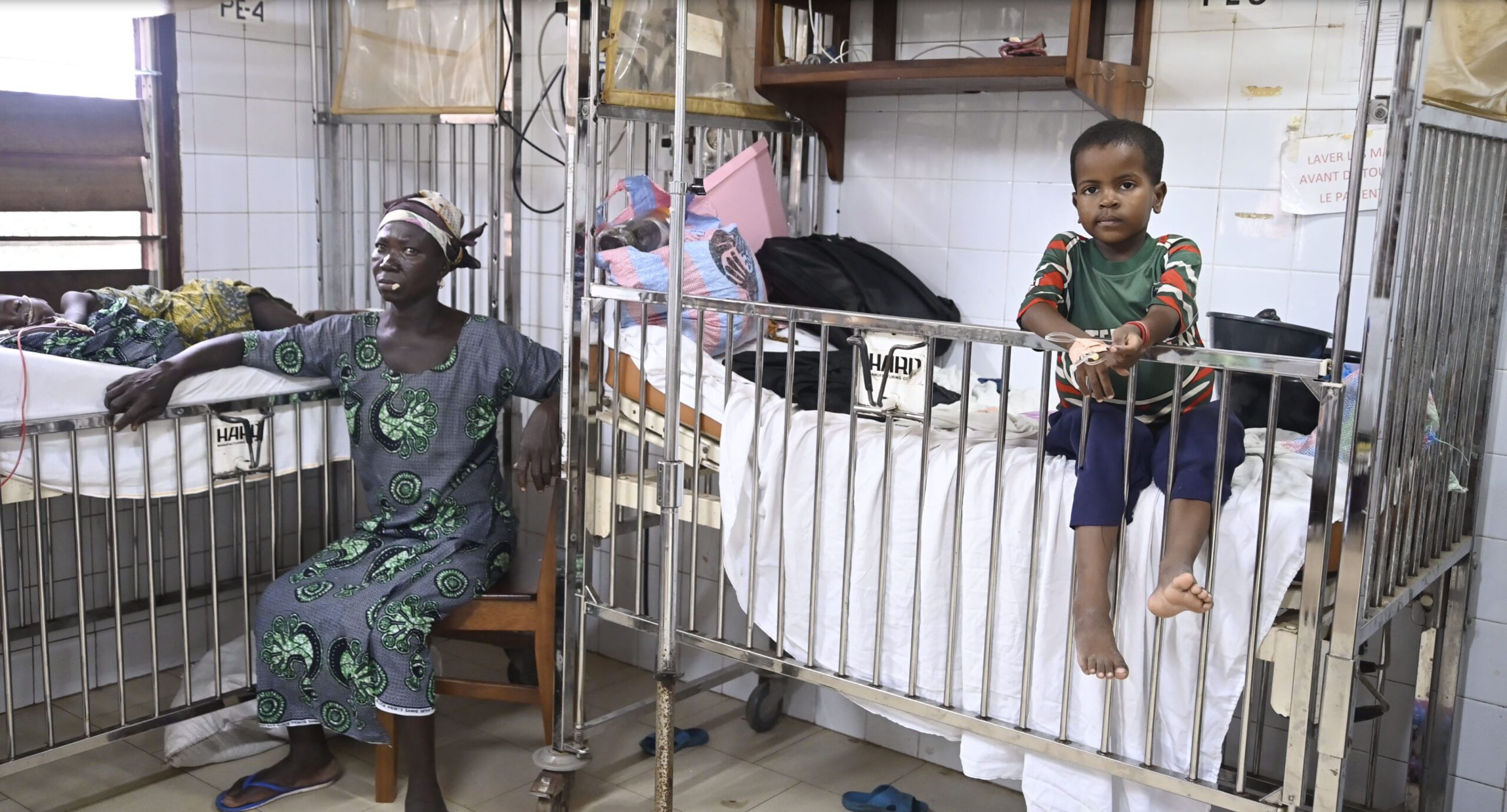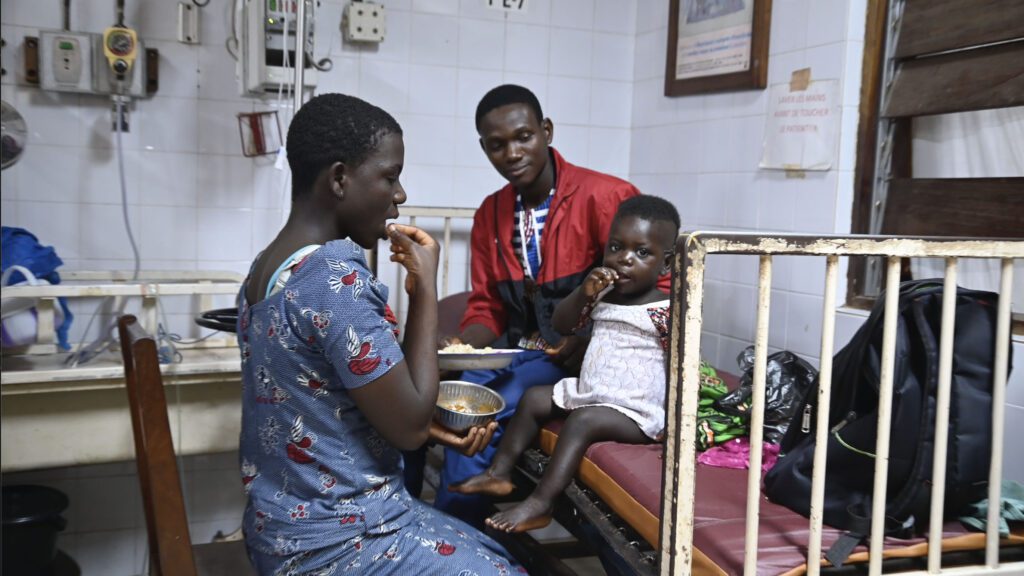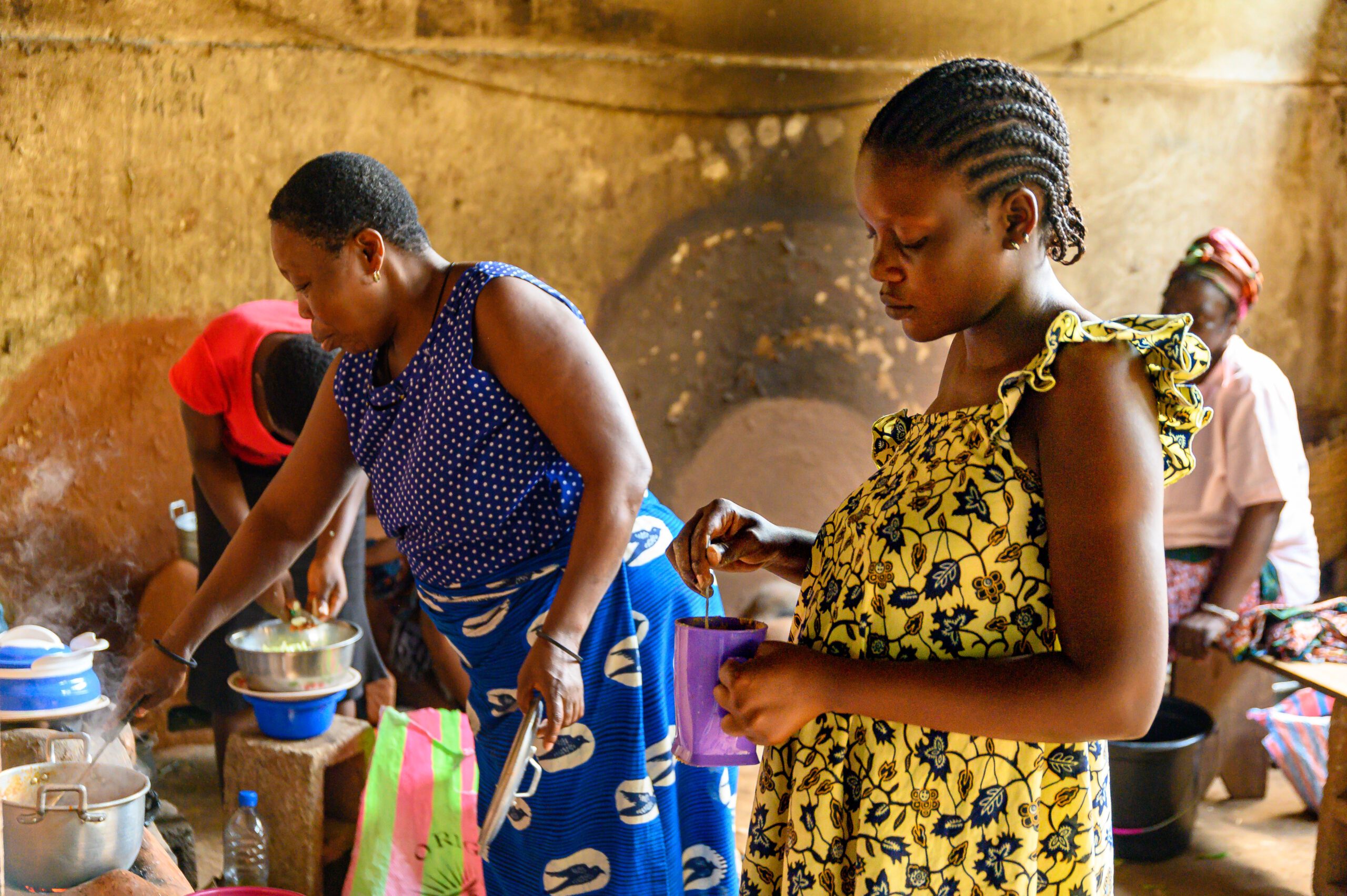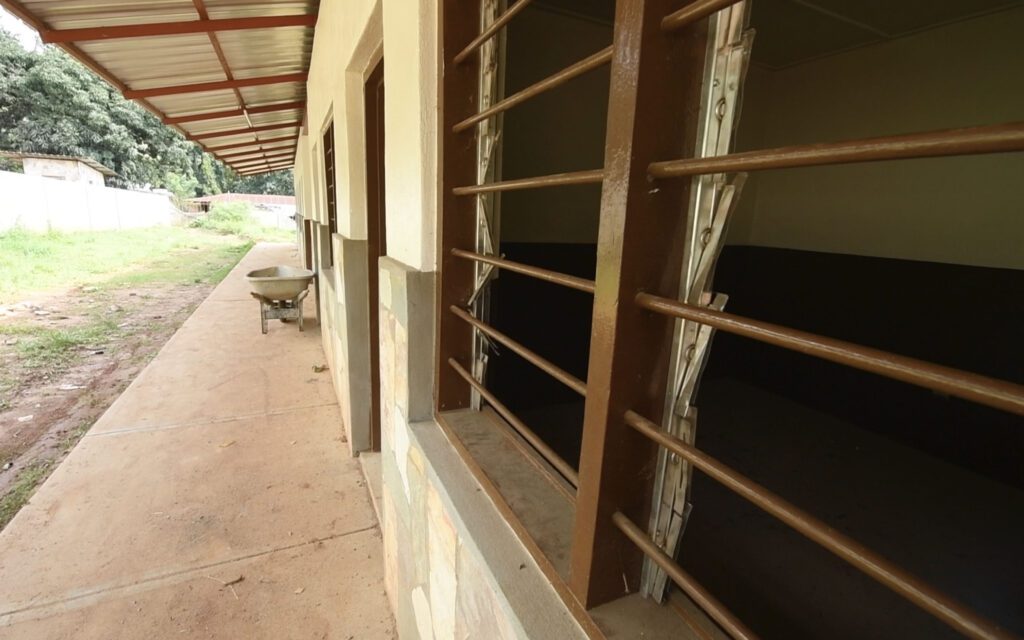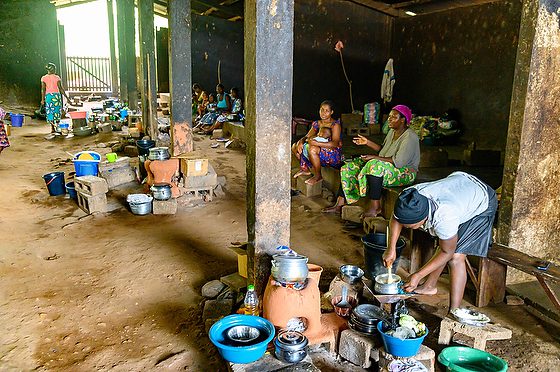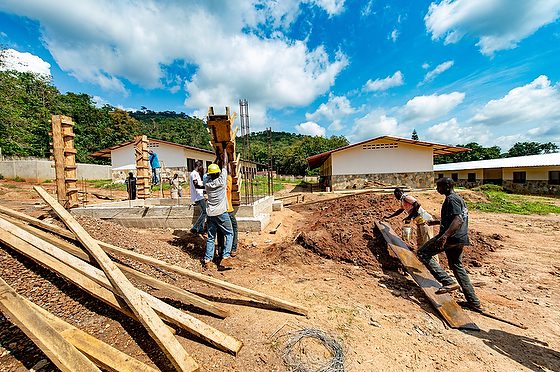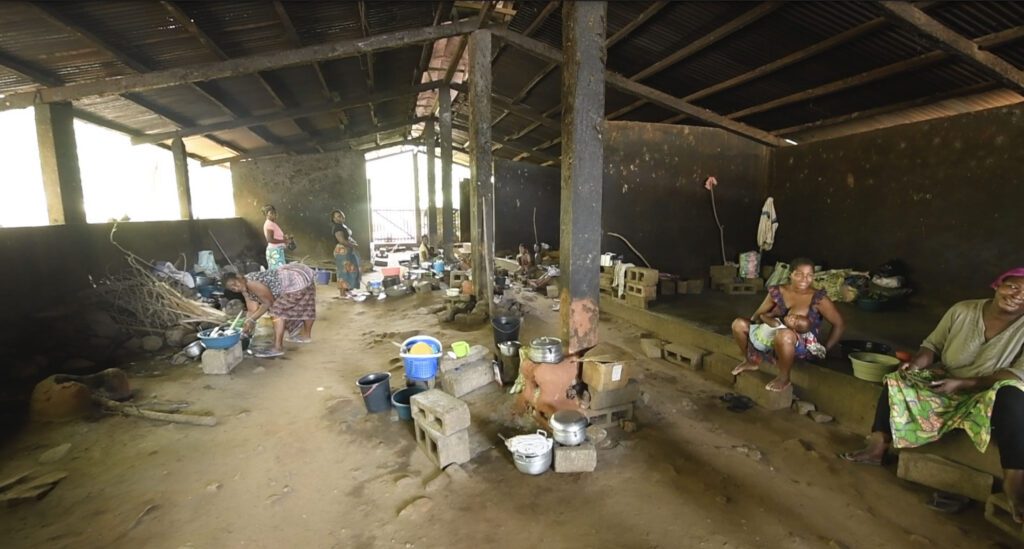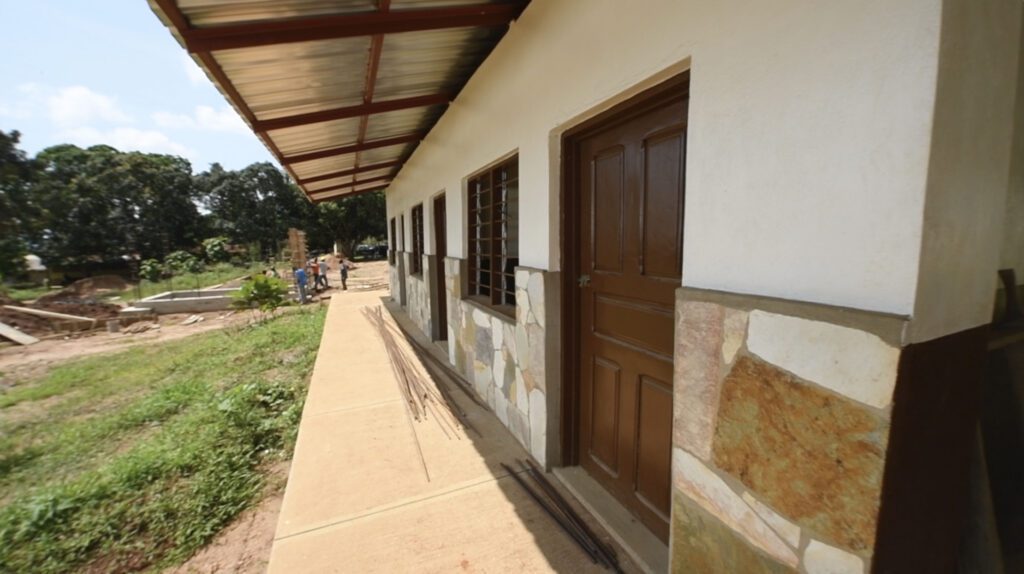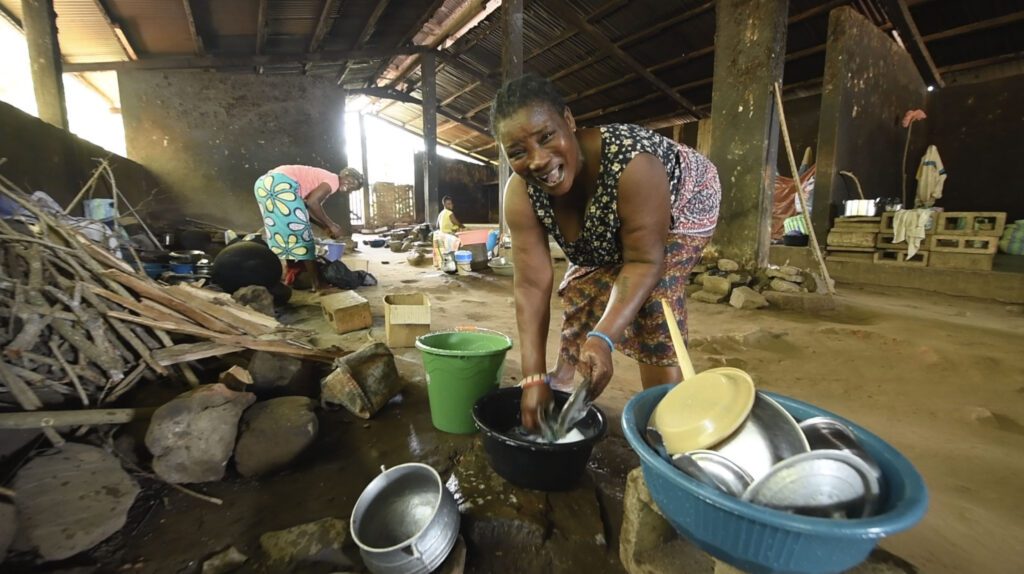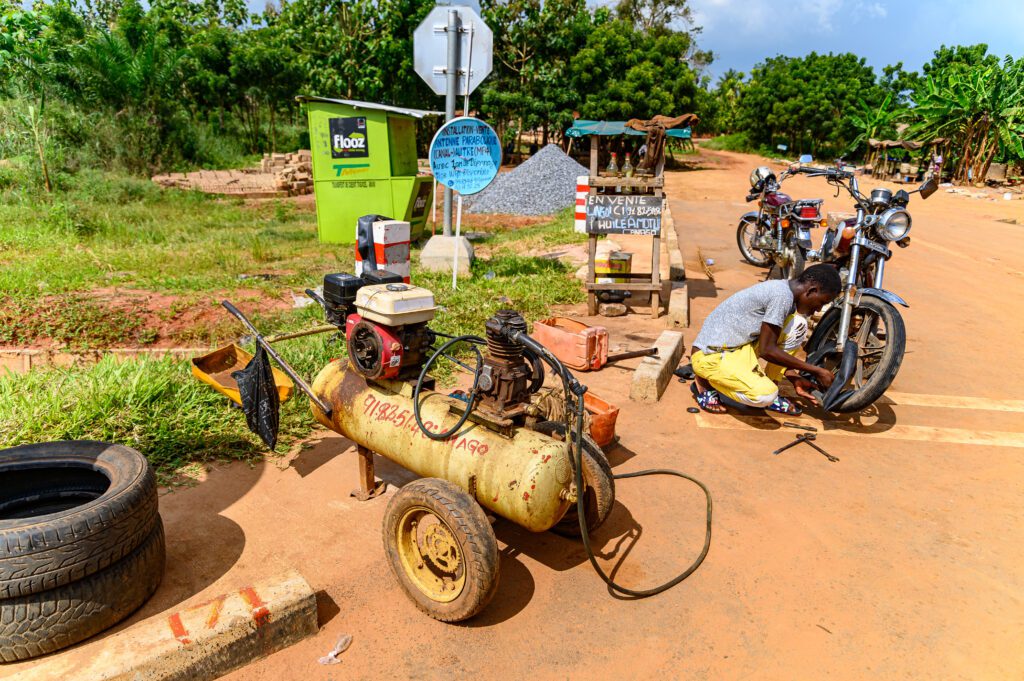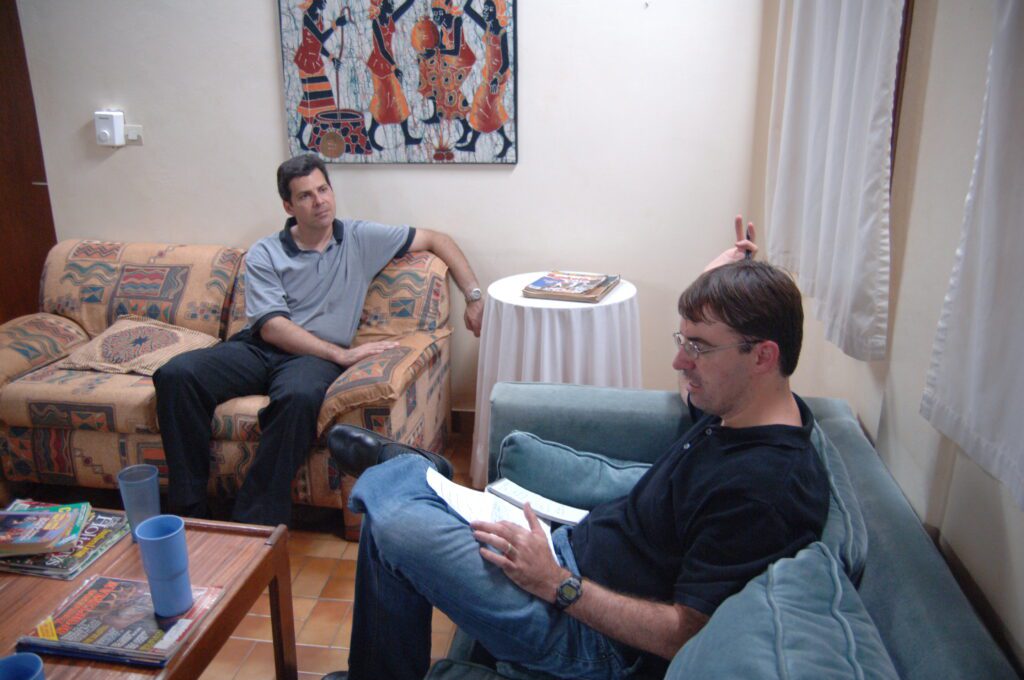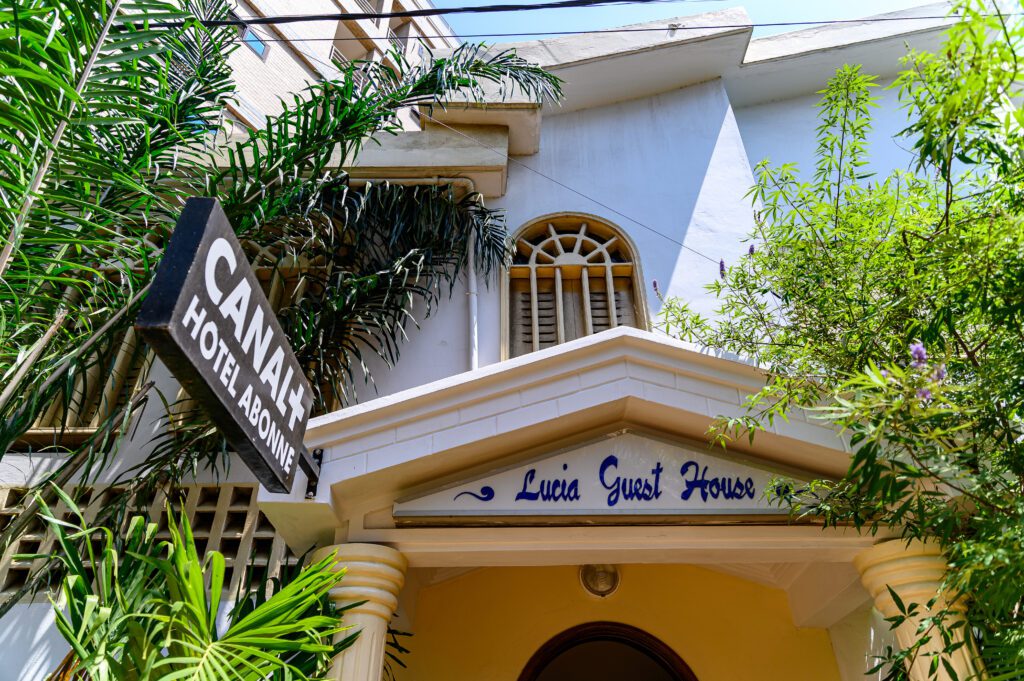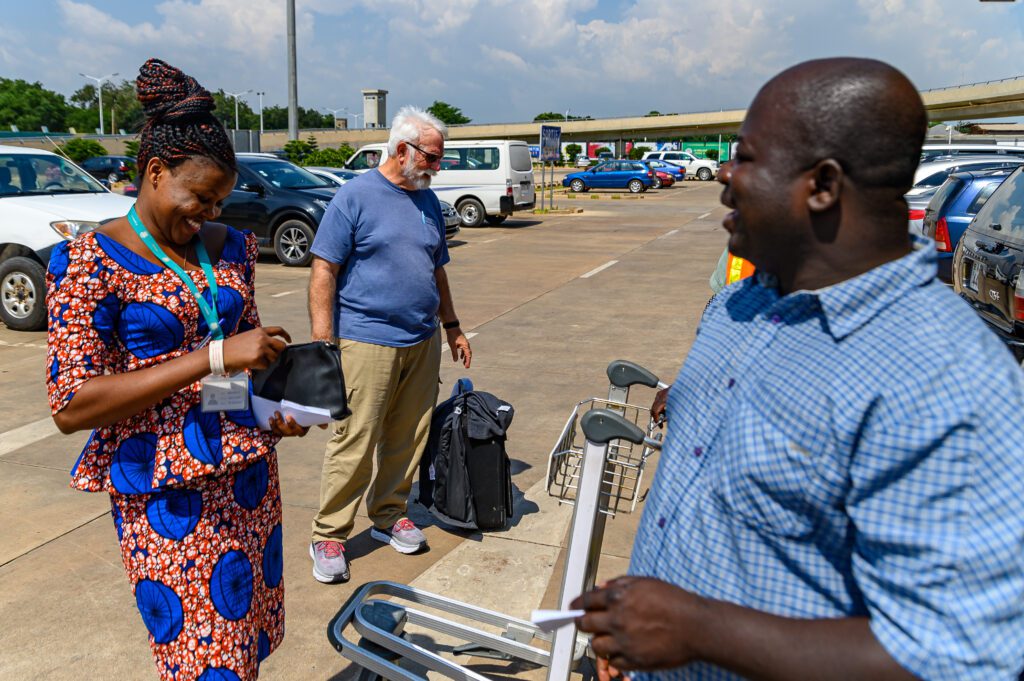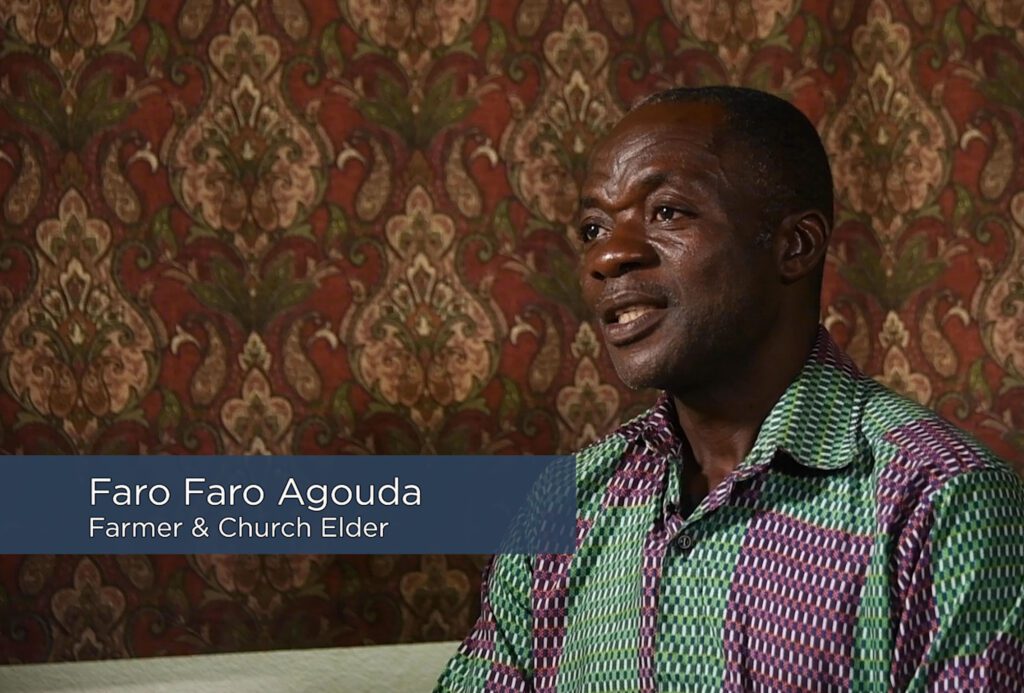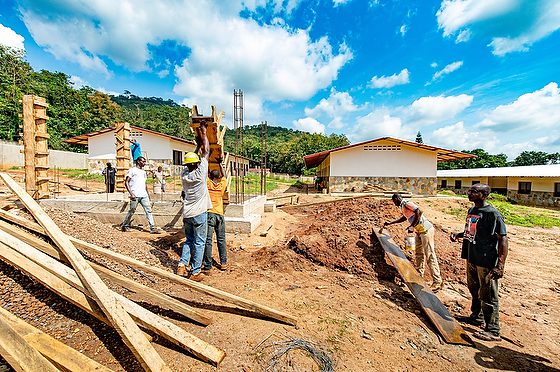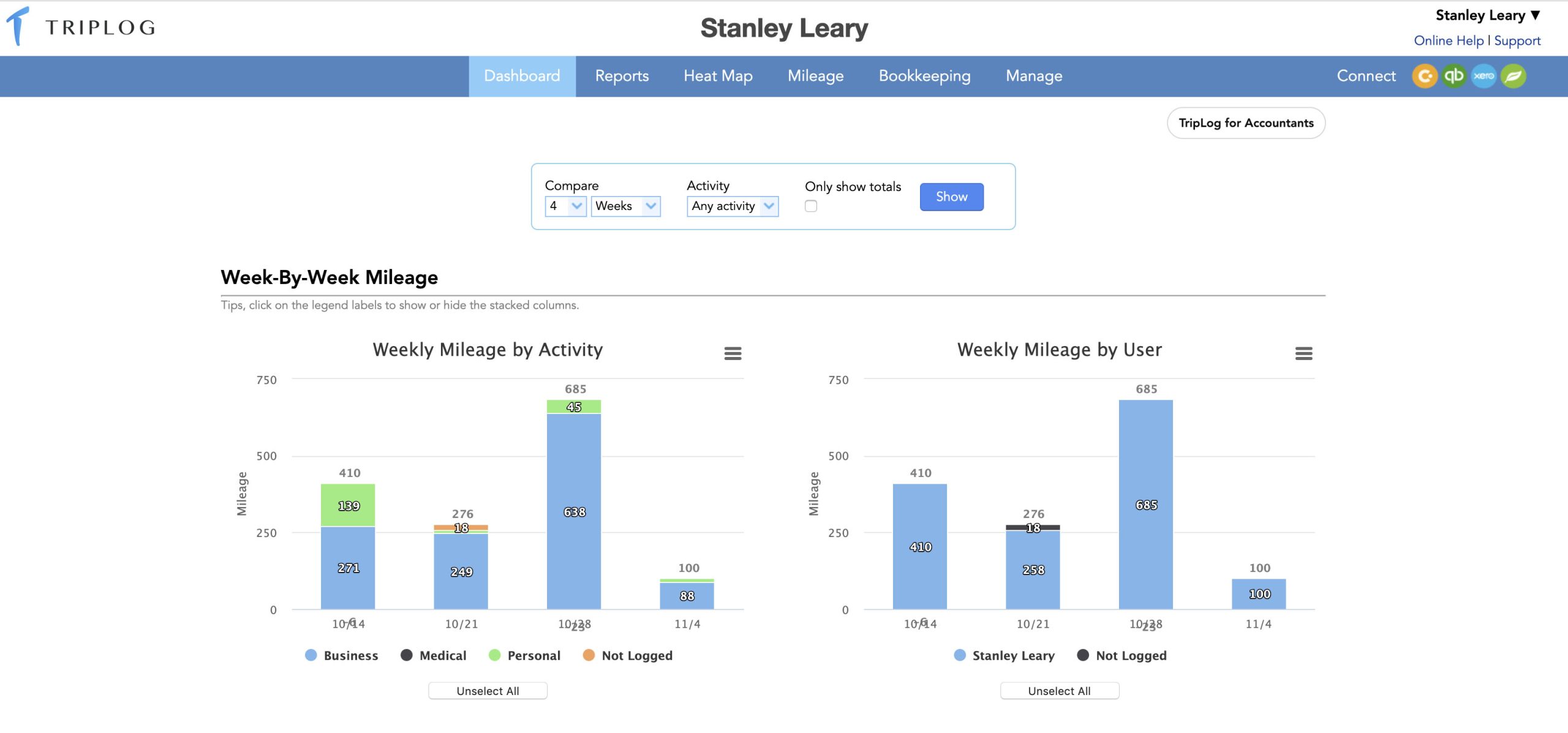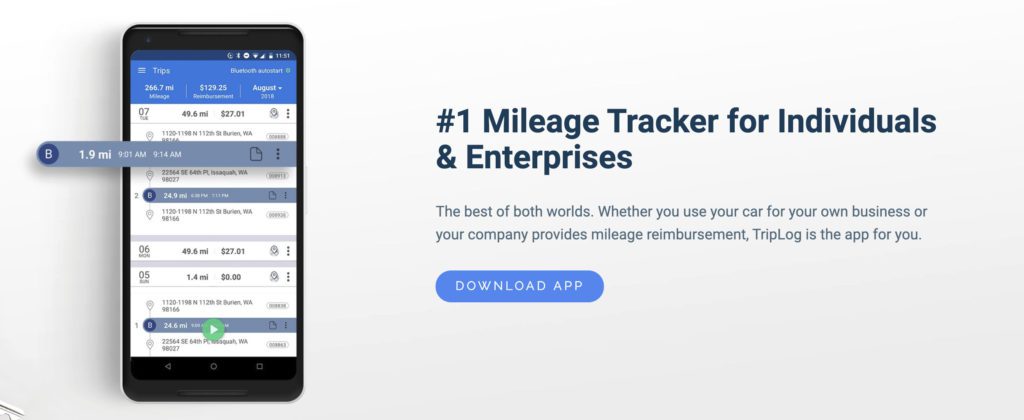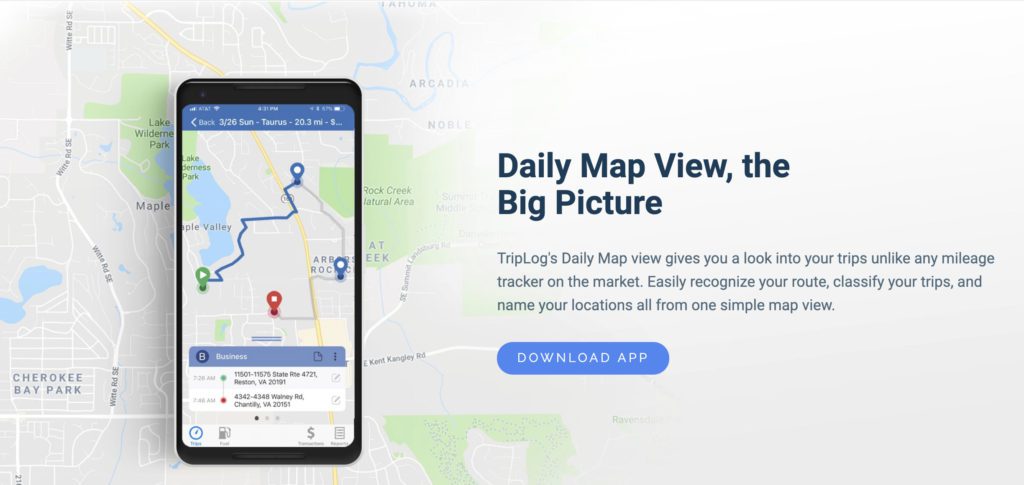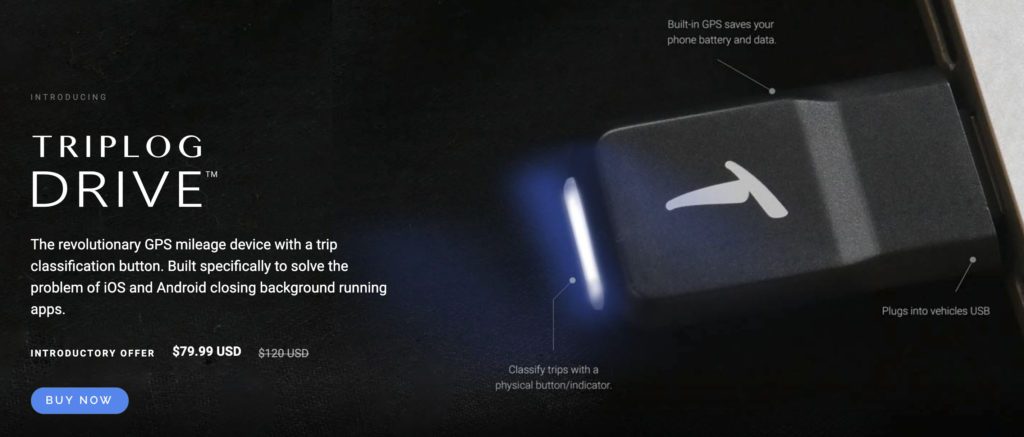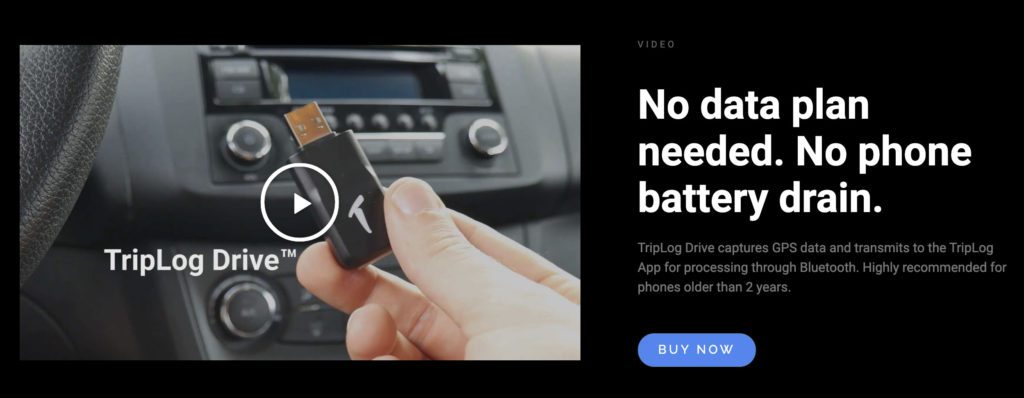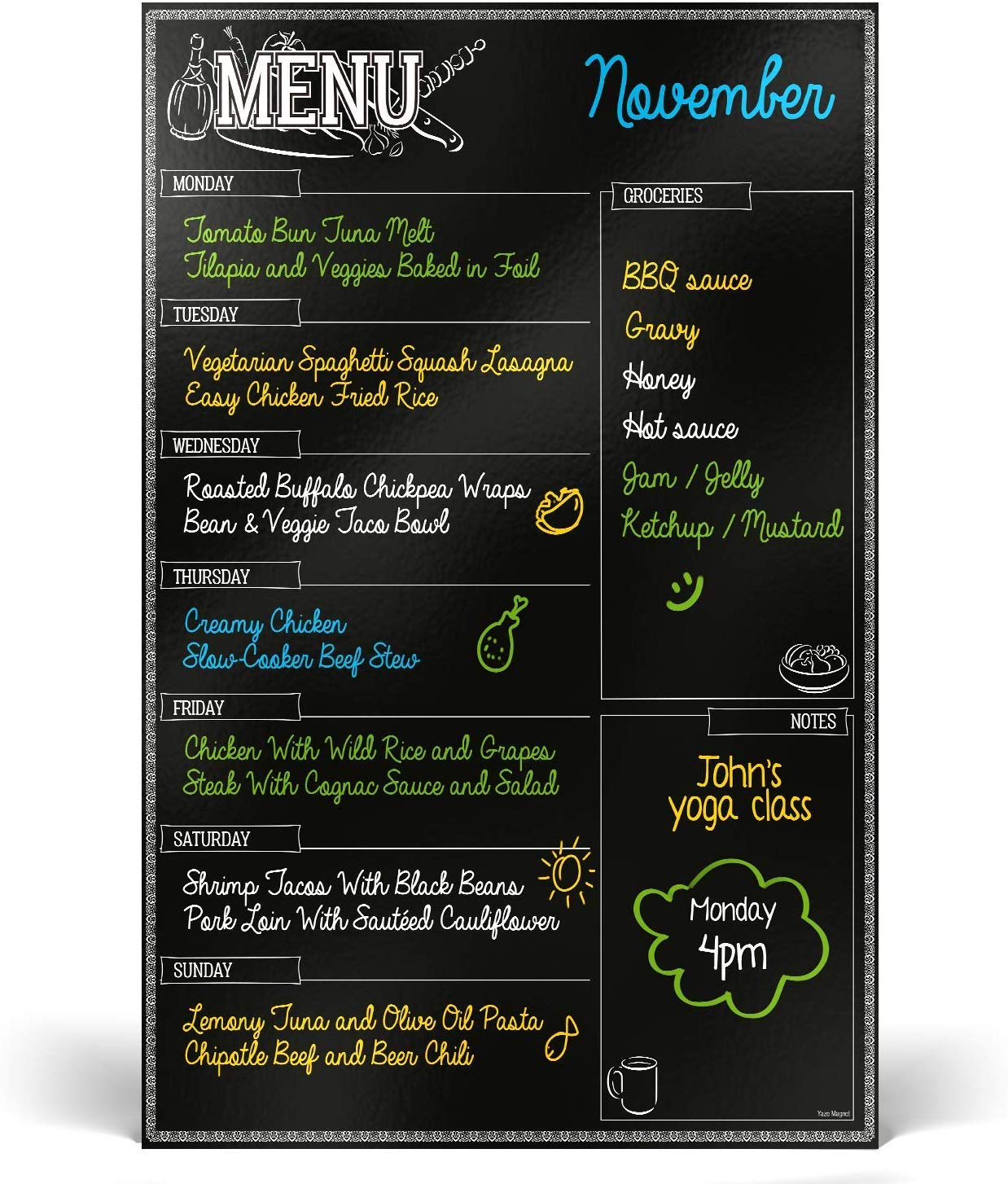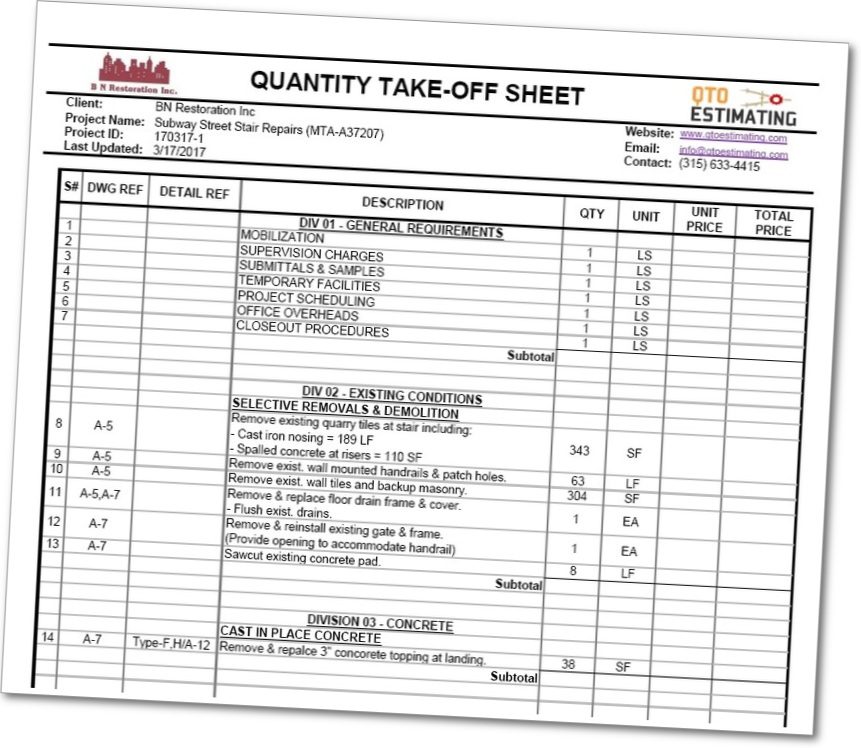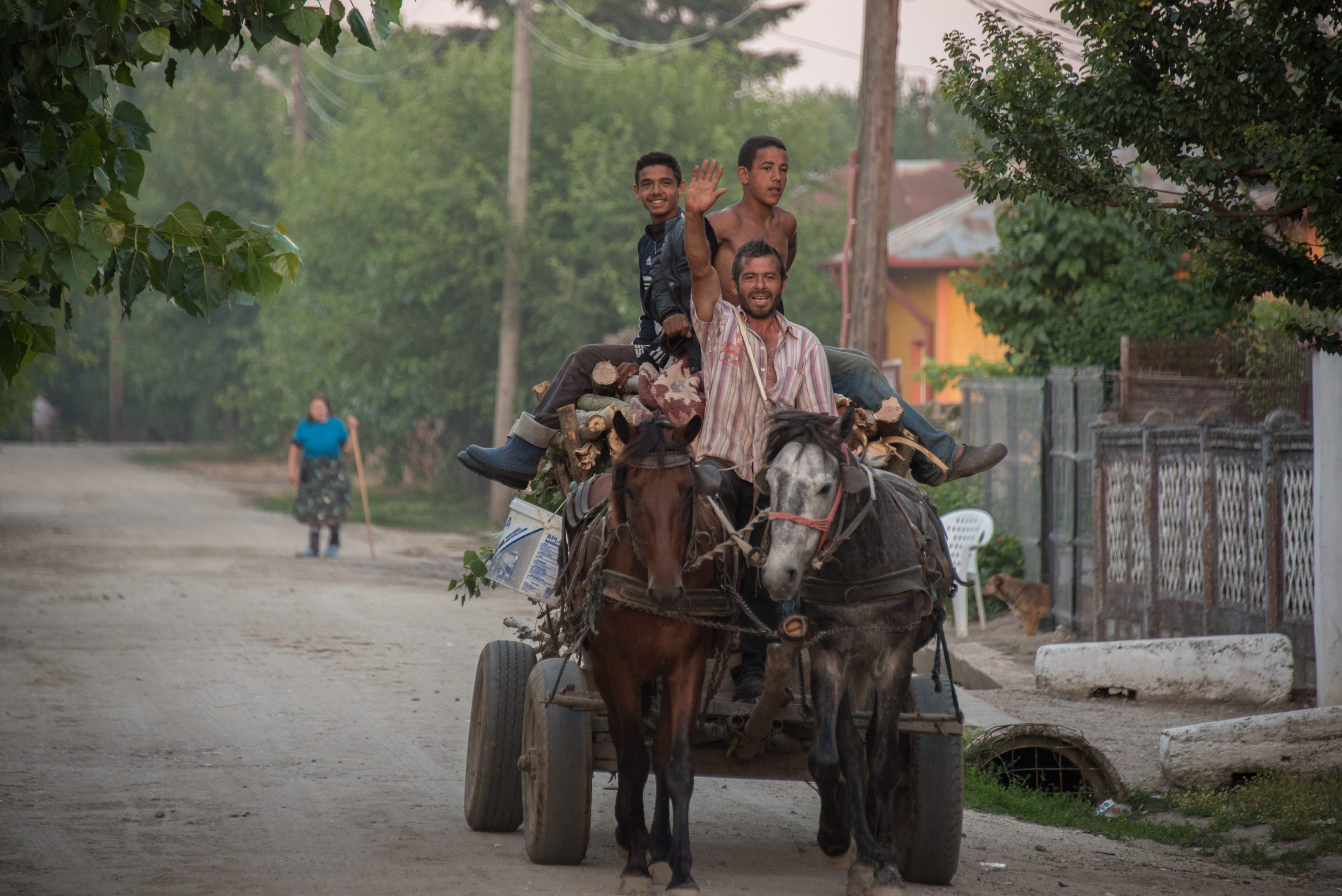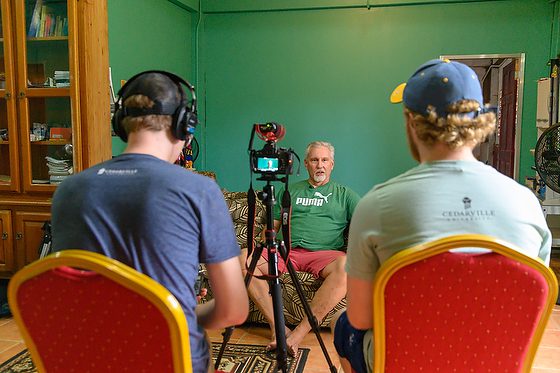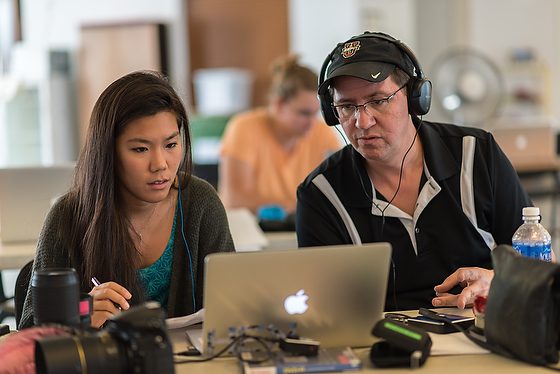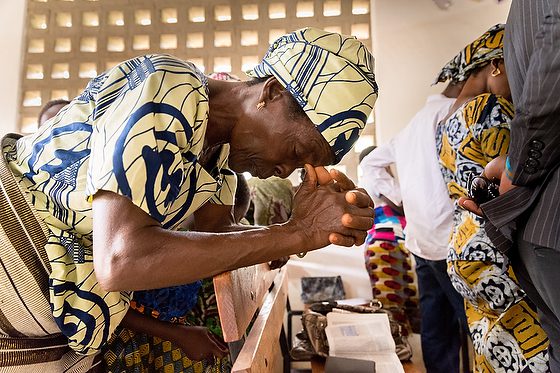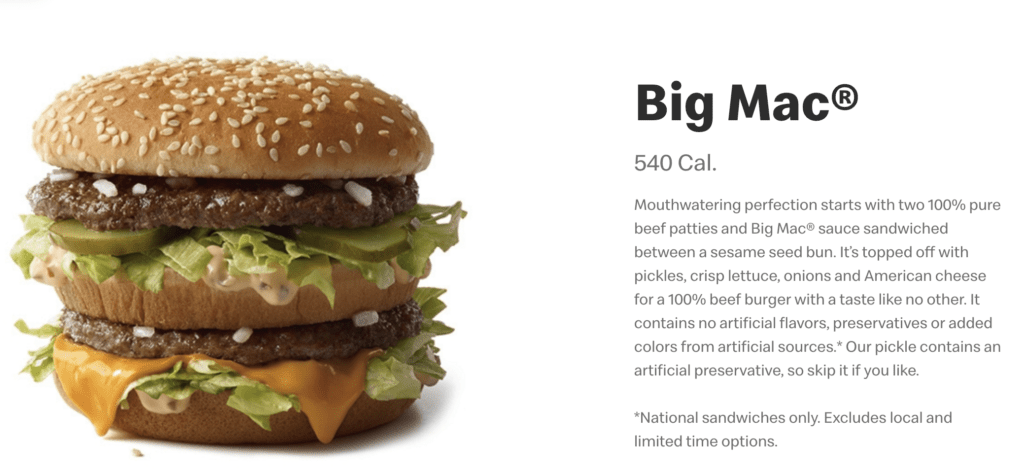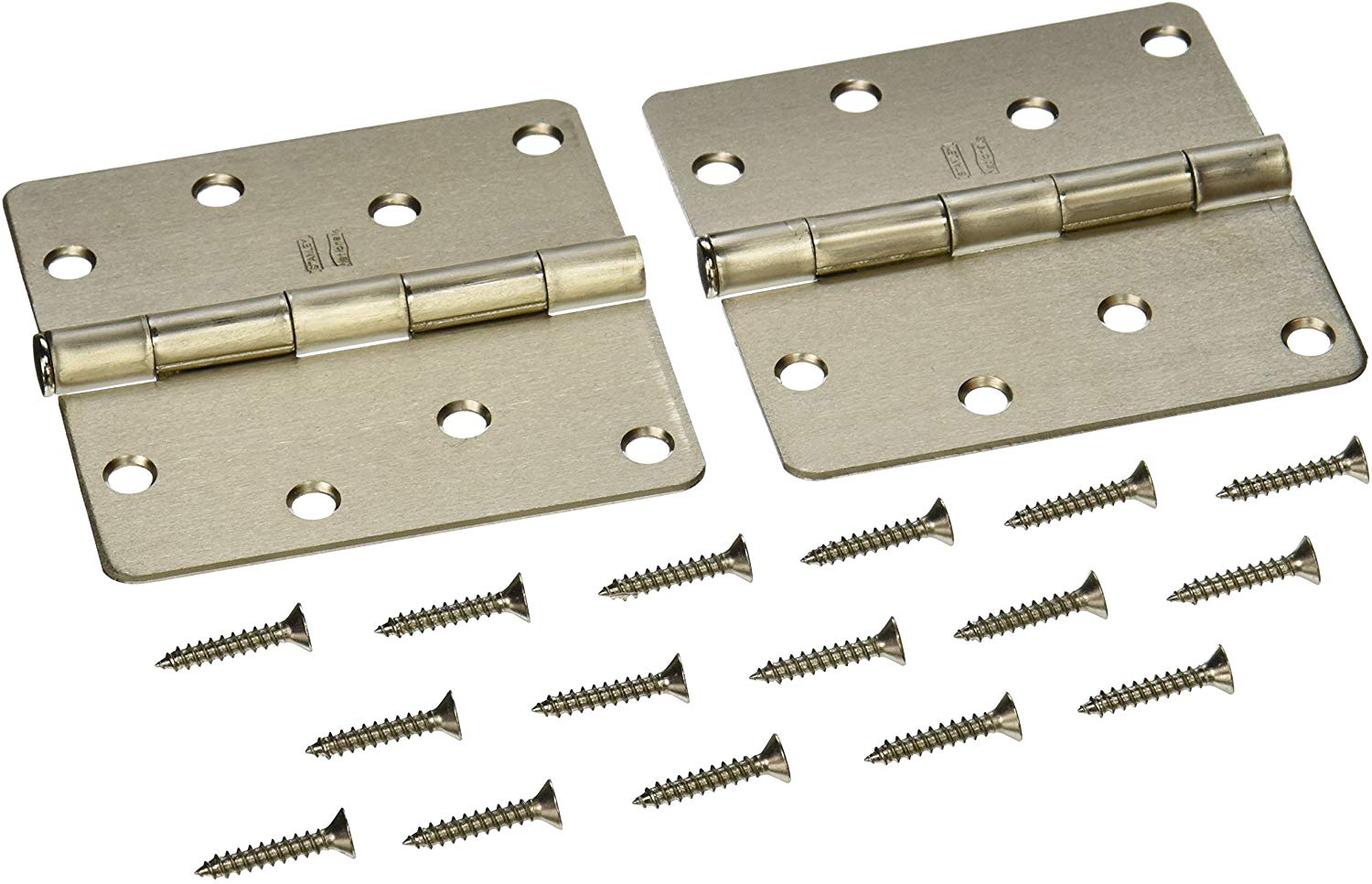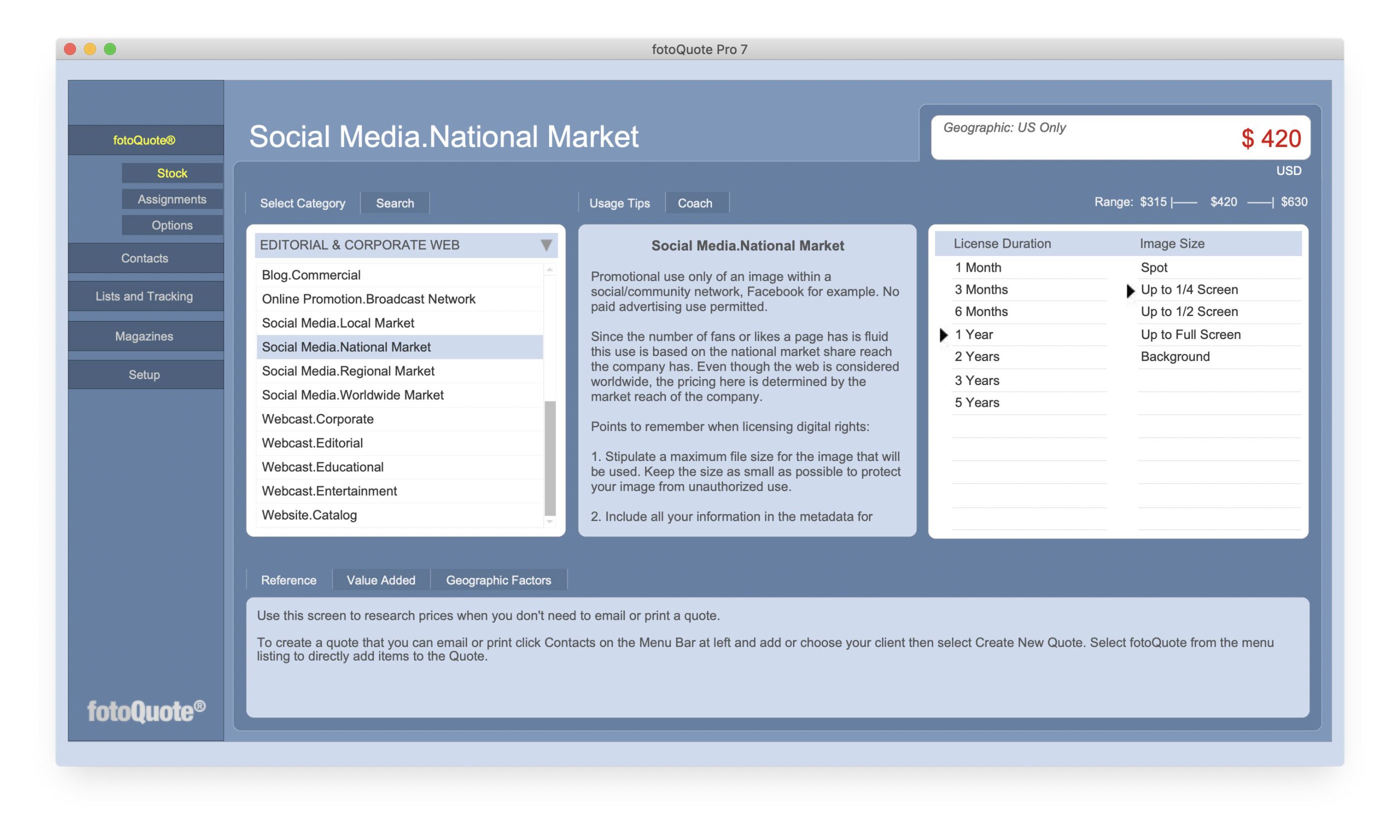One of the best things you can hear in a testimonial from a client is, “Thank you for the quick turnaround.”
You see, in business, when you miss a deadline, it often has a financial impact.
You won’t instantly find success in the world of business by just setting arbitrary deadlines for all of your projects. Your deadlines must set you up for success—they must be strategic.
Strategic running your own business means that deadlines are essential to help you achieve goals.

For example, if you were producing a video to ask donors to give and missed using it on Giving Tuesday. $511M was raised on the day of giving. This is a 28% increase from 2018.
Missing that deadline means you missed an opportunity to have a good reason to reach out to your audience with an ask.
Always Quick Turnaround
It doesn’t take long for one to create a great deal of content that needs to be edited. If projects need to be edited and delivered to a client, you have MAJOR RESTRICTIONS on your time.
You cannot just respond to that phone call that someone is asking you to leave tomorrow for a major project that may require you to fly around the world and work for a month.
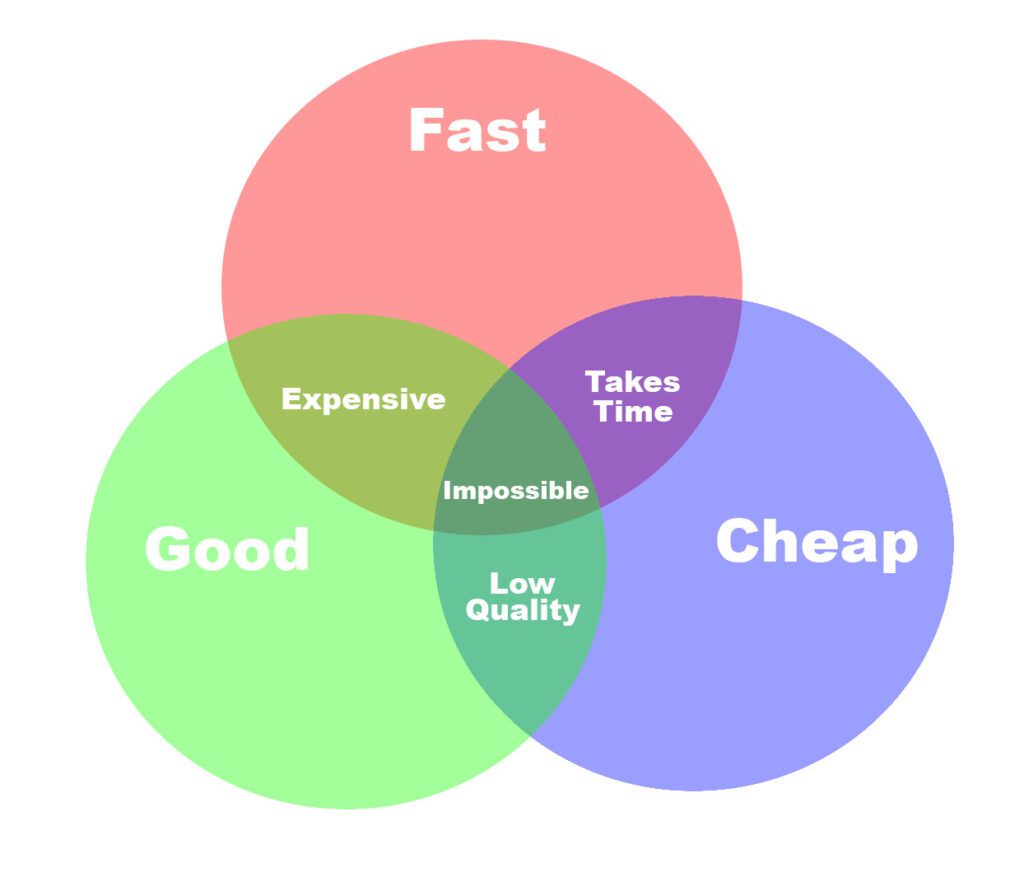
Setting realistic deadlines doesn’t always mean you are rushing the process. The most significant time killer is not starting and not how long it takes to do a project.
I was starting my career at a newspaper drilled into me the importance of a deadline. We have all been watching TV when they break into your regular program and give us a “Breaking News” story.
In AMBER ALERTS, they know every minute is precious. Based on the history of child abductions, the longer it takes to get the news out can be the difference between life and death.
Because the news organizations know these breaking news events can happen, they have a plan to execute in those situations. The way to improve the quality is to increase the time. That is done through early planning.
Lightroom, PhotoShop & Adobe Premiere Skills
You take classes and practice working on images. You get better and better in not just being able to improve the product but also enhance your time doing those skills.
“Don’t put off until tomorrow what you can do today.”
Benjamin Franklin
The most significant problem most people face in business is time management. Keep a sharp eye on any timelines.

The most significant issue in meeting deadlines is the gap in your timeline of working on the project.
Don’t Be This Photographer
Know the industry standard for turnaround times
How long should it take to get wedding photos back from the photographer? Average wait time for wedding photos. Typically it can average anywhere between 2-6 weeks. Of course, photographers will try and get your photos to you as soon as possible; many will send some sneak peek photos of a selection that have been edited for you to view.
Don’t Be Average
- Take classes in your profession to help, most of all, improve your quality from Good to Great.
- Maybe use something like Loupedeck+ Photo & Video Editing Console lets you edit effectively using its intuitive buttons, dials, and sliders.
- Do personal projects – if you are only working on client work, you cannot experiment and try techniques and ways to improve your time and quality.
- When you take on a project, carve out the time to finish the project in a timely basis. Mind the Gap!
I hope these tips and reminders will help you see that getting images to your client in a timely matter helps them make more money if this is for corporate work and things like weddings; well, the link to the video tells you that story.




